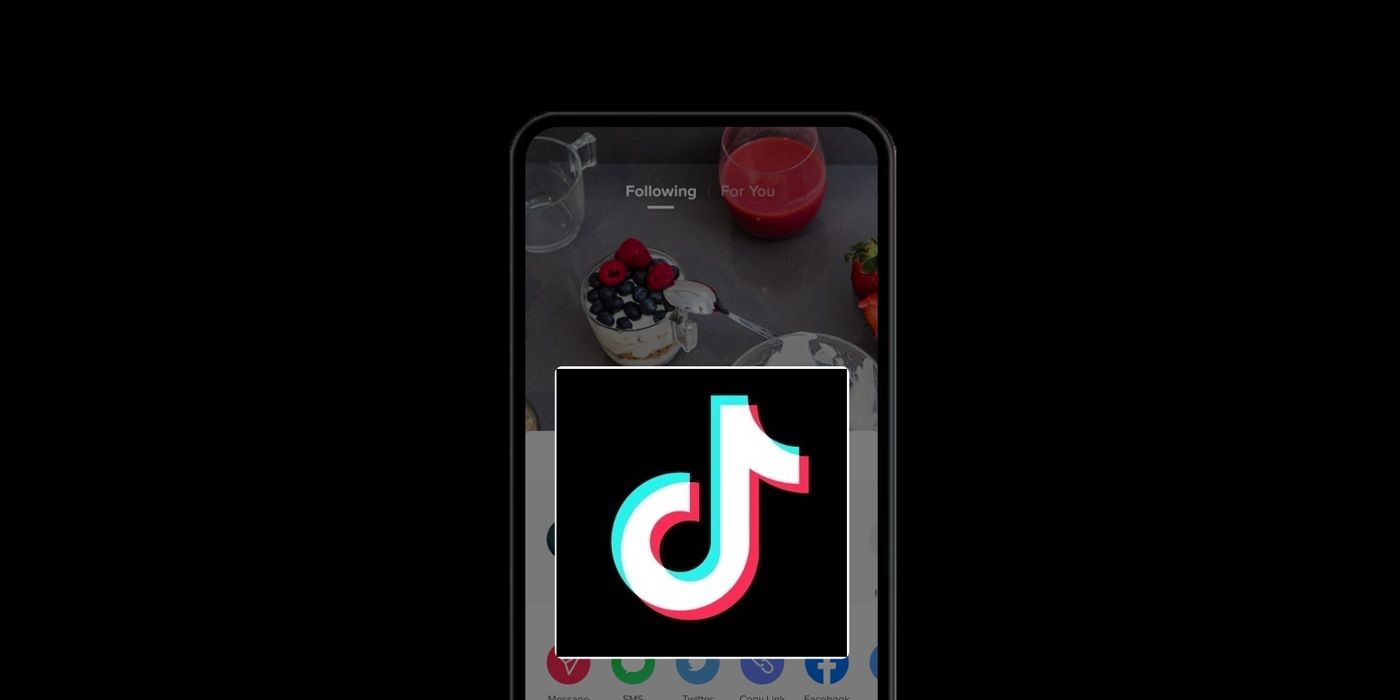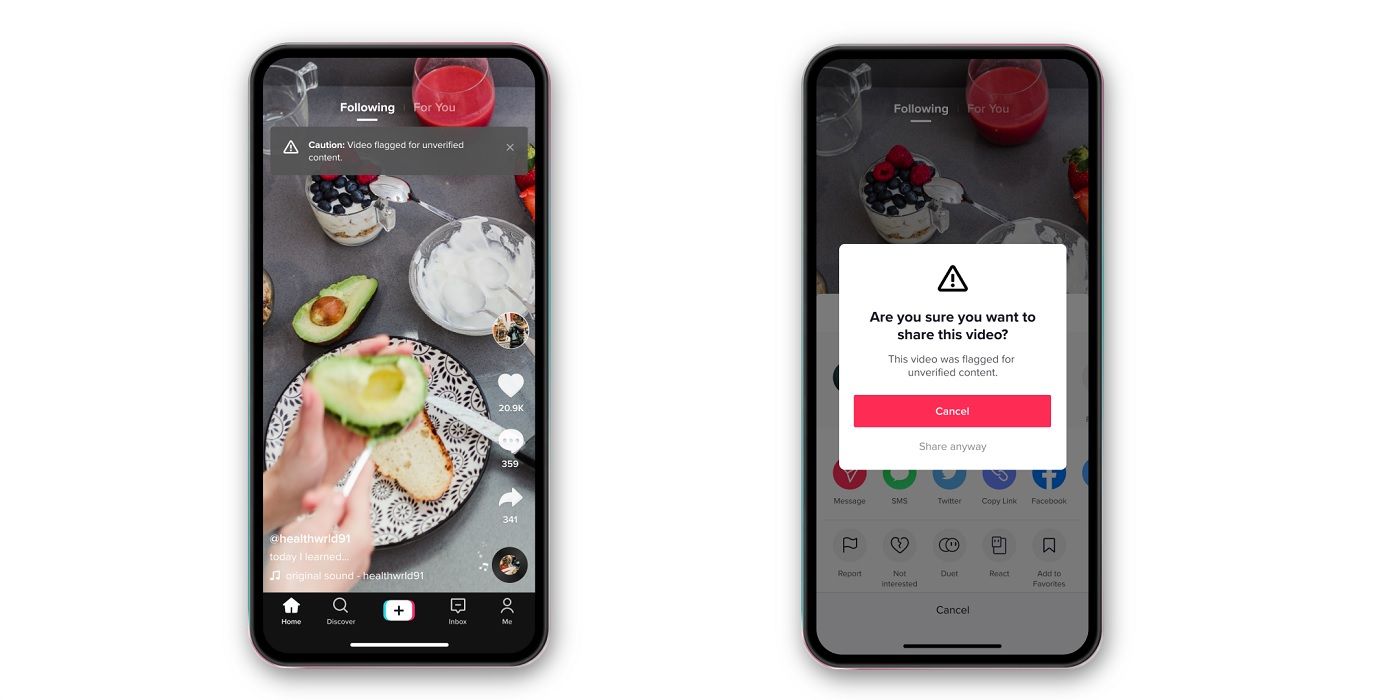TikTok is introducing a new pop-up prompt to further reduce the potential spread of misinformation, which will start rolling out today in the United States and Canada. TikTok is part of a wider ongoing social media campaign to prevent false information from circulating online. This fight against misinformation ramped up in 2020, following the onset of the COVID-19 pandemic and an intense presidential election.
Previously, TikTok was already working to prevent misleading information from reaching a user's For You page, and also offers the ability to block others for any reason, including the promotion of misleading content. TikTok, aside, Twitter recently launched Birdwatch, a community-driven initiative to allow users to fact-check each other, rather than relying on the app itself. Other social media giants, including Facebook, have also made attempts to stem the flow of misinformation, although some of them have been criticized for not being stringent enough or implemented quickly enough.
In a new blog post, TikTok explained that it partners with PolitiFact, Lead Stories, and SciVerify to fact check content appearing in the app. However, if the fact check is deemed inconclusive, that’s where the new feature comes in. When an unverified video pops up in the For You page, a banner will be visible stating the content has been flagged as unverified. If the viewer tries to share the video regardless, a prompt will pop up, asking, “Are you sure you want to share this video?” At that point, the TikTok user can either choose to “Cancel” or “Share Anyway.” The original poster of the TikTok video will also be notified that the content has been flagged.
Will This Actually Help Slow Misinformation?
This feature is a good thing, in that it gives TikTok users a chance to reconsider before sharing potentially false information. If the viewer actually chooses not to share the video, it will get fewer views and its ability to spread on the platform will be limited. In addition, it also personalizes the fight by making it seem like more of a real and immediate issue. This may help people to realize that, at the end of the day, they play just as much of a role in stopping the spread of misinformation as social media giants do.
However, considering the option to share the video anyway still exists, it remains to be seen just how useful it will be in ultimately slowing the spread of false and misleading content. Similar to Twitter's Birdwatch, this feature puts the choice in the hands of the user, rather than TikTok itself, and that means those intent on sharing are likely to continue to share. Still, it is a positive attempt and another solution that can help make sure less false information spreads on TikTok and beyond.
Source: TikTok


